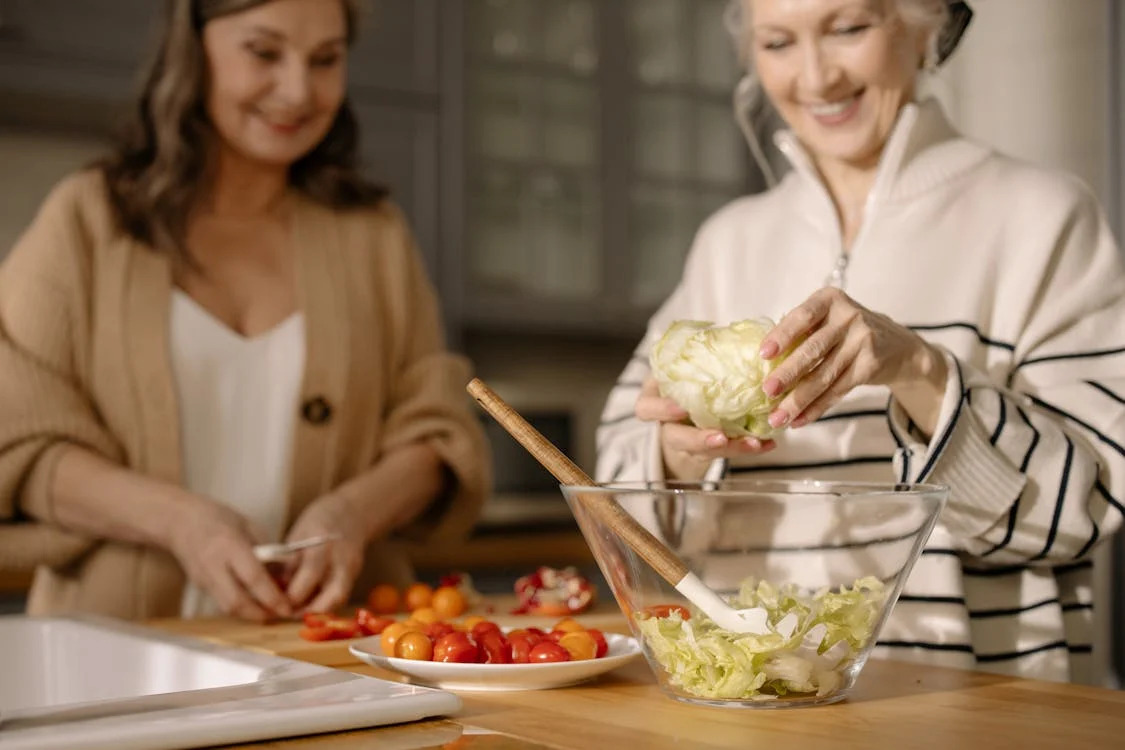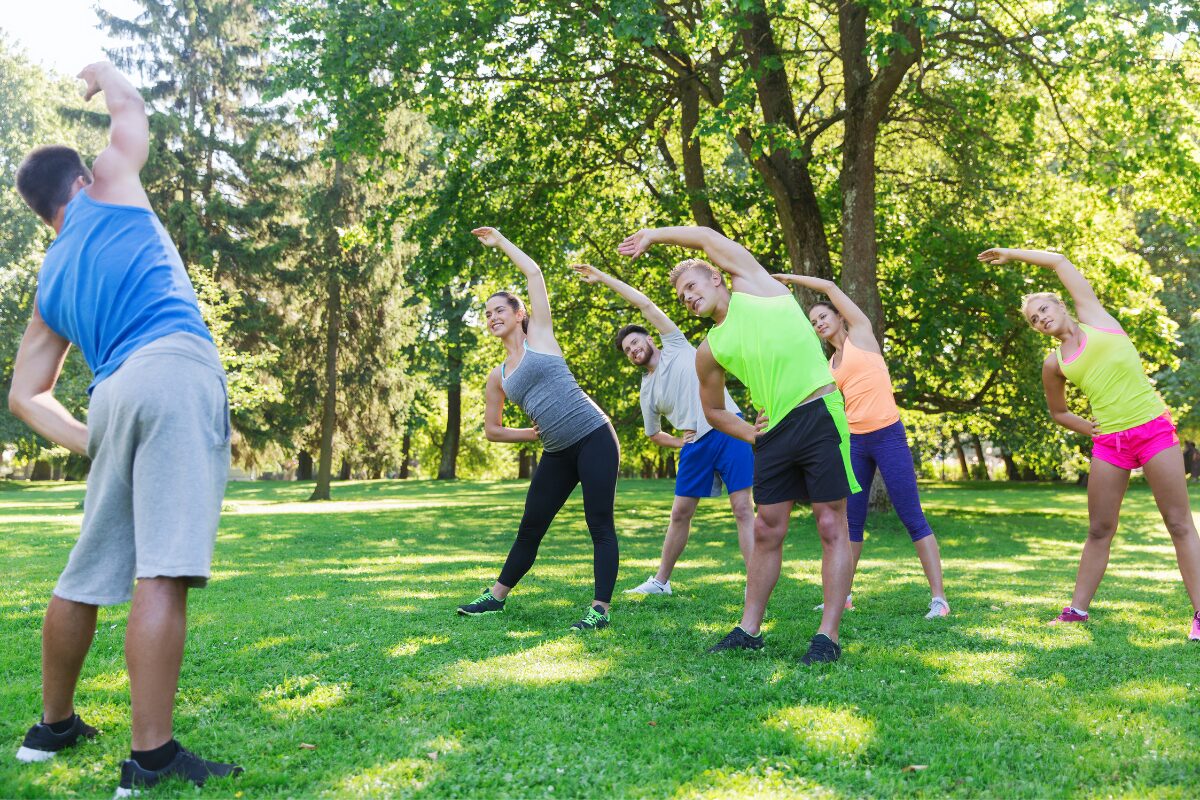Cooking for Health, Not Complexity
Eating healthy doesn’t have to be complicated. For individuals with disabilities, the kitchen can sometimes pose physical or sensory challenges, but that doesn’t mean healthy eating is out of reach. With the right tools, planning, and a few thoughtful recipes, nutritious meals can be simple, enjoyable, and empowering to make. Whether you’re cooking with one hand, from a seated position, or with cognitive or sensory considerations, there are strategies and recipes tailored to your needs.
Key Principles of an Accessible Diet
A healthy, accessible diet is based on balance, color, and simplicity. Whole grains, lean proteins, healthy fats, and lots of fruits and vegetables should form the foundation. But accessibility also means using fewer pots and pans, avoiding overly technical steps, and choosing ingredients that are easy to store and handle. Meal prepping with portioned containers or using kitchen aids like automatic choppers, electric can openers, and non-slip cutting boards can make a big difference.
One-Pan Baked Chicken & Veggies
This simple dish requires just one baking tray and minimal cleanup. Arrange boneless chicken thighs or breasts, chopped sweet potatoes, broccoli, and bell peppers on a tray. Drizzle with olive oil, sprinkle with salt, pepper, and rosemary, and bake at 400°F (200°C) for 25–30 minutes. It’s nutritious, flavorful, and easy to prepare from a seated position or with limited grip strength.
No-Cook Chickpea Salad
Perfect for days when energy is low or the stove isn’t an option. Combine canned chickpeas (rinsed), diced cucumber, cherry tomatoes, parsley, lemon juice, olive oil, and a pinch of salt. It’s rich in fiber, protein, and refreshing flavors. This recipe is ideal for individuals with mobility limitations or those living in assisted housing without access to a stove.
Smoothie with a Purpose
Smoothies are an excellent option for a quick, nutrient-dense meal or snack. Blend together a banana, a handful of spinach, frozen berries, a scoop of protein powder or Greek yogurt, and oat milk. With a press of a button, you’ve got fiber, vitamins, protein, and hydration all in one glass. Accessible blenders with large buttons and stable bases can help make this even easier.
Making the Kitchen More Inclusive
An accessible kitchen setup can transform the cooking experience. Simple changes like lowering countertops, using pull-out drawers, adding voice-controlled appliances, or keeping essentials at reachable heights can significantly improve independence. Cooking should be a joyful and stress-free activity, regardless of physical ability. Accessibility isn’t about limitation—it’s about adaptation and empowerment.




